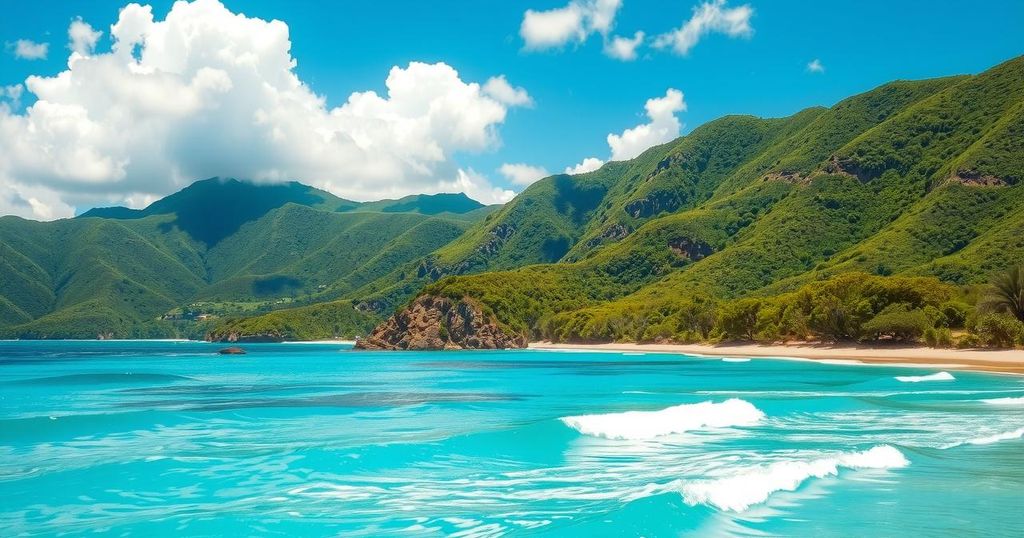Historical Timeline of St. Vincent and the Grenadines

St. Vincent and the Grenadines has a complex history, including indigenous conquests, colonialism, and independence. Key events range from the arrival of Christopher Columbus in 1498 to independence in 1979, and the political climate has witnessed significant protests, changing leadership, and a recent referendum rejecting a republic status.
The historical timeline of St. Vincent and the Grenadines encompasses significant events from the conquest of indigenous peoples to modern political developments. In 1300, the Carib Indians conquered the Arawak Indians. Christopher Columbus visited in 1498 on St Vincent’s Day, and by 1627, Lord Carlisle of Britain was granted the island. The Treaty of Paris in 1783 recognized St Vincent as a British colony. Following a revolt from 1795-97, Britain deported 5,000 Caribs to Belize.
The island experienced its first recorded volcanic eruption in 1812, resulting in many casualties. The abolition of slavery in 1834 forced plantation owners to free over 18,000 slaves and replaced them with indentured foreign laborers. A devastating volcanic eruption occurred again in 1902, claiming 2,000 lives. In 1951, St Vincent achieved universal adult suffrage, and from 1958 to 1962, it participated in the British-supported West Indies Federation.
St Vincent was granted internal self-government in 1969, with Britain maintaining oversight of foreign and defense affairs. Full independence was achieved in October 1979 under the leadership of Milton Cato of the St Vincent Labour Party. However, in December 1979, an uprising occurred on Union Island demanding more governmental power. In 1981, widespread protests emerged due to legislative changes amid an economic recession.
James Mitchell of the New Democratic Party (NDP) was elected prime minister in 1984, marking a significant shift in governance. He retained power in the subsequent elections of 1989 and 1994, although with a diminishing majority. In 1998, his party secured a fourth term, but Mitchell resigned in 2000 amid growing anti-government protests. His finance minister, Arniham Eustace, succeeded him.
In March 2001, Ralph Gonsalves of the opposition became prime minister after elections were moved forward due to protests. St Vincent joined the Non-Aligned Movement in February 2003 and was removed from a money-laundering blacklist in June that same year. Gonsalves won a second term in December 2005, but a constitutional referendum in November 2009 saw voters reject the transition to a republic. In January 2011, the main opposition party, the NDP, denied conspiracy claims related to an alleged assassination attempt on Gonsalves.
The timeline of St. Vincent and the Grenadines showcases a rich history marked by indigenous conquests, colonial rule, and the eventual achievement of independence. Key events include the abolition of slavery, significant volcanic eruptions, and a transition from British oversight to self-governance. The political landscape has evolved with shifts between parties, protests, and referendums, reflecting ongoing developments in the nation’s governance.
Original Source: www.bbc.com







